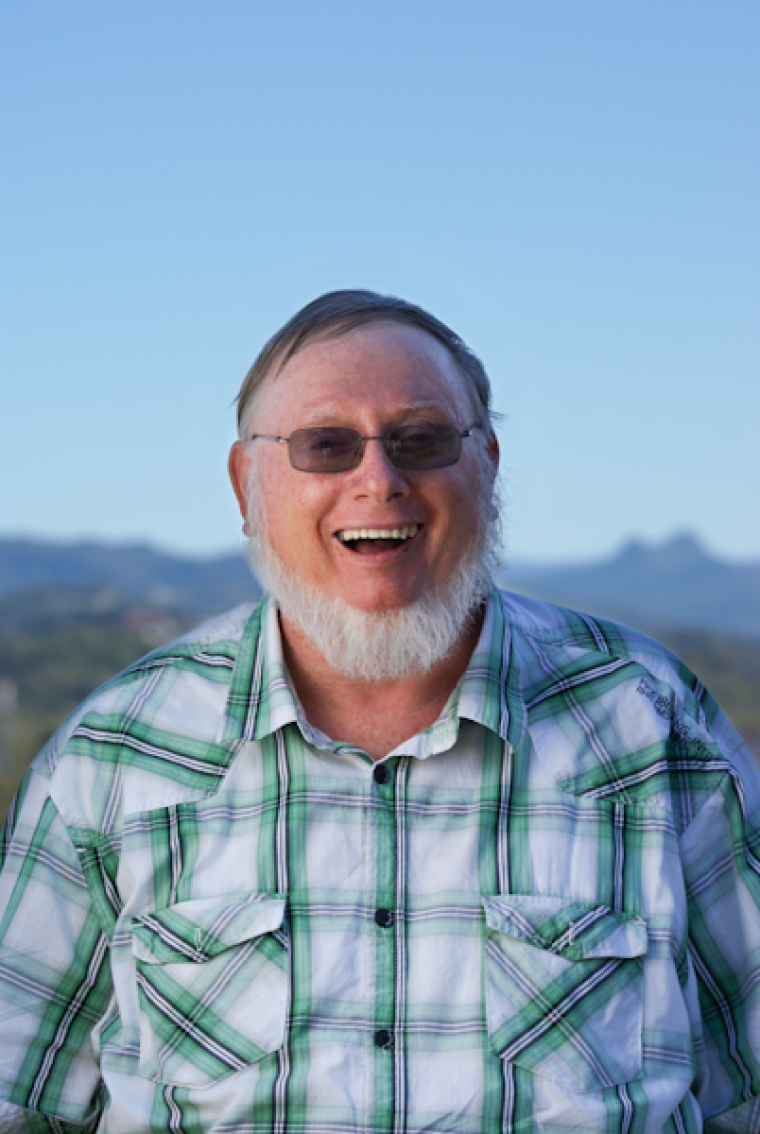
And this was question the third umpire was called upon to determine when the Kookaburras scored from a penalty corner melee where the ball was raised in front of goal.
Spain went down 0-1 to a blistering Kookaburra defence to see the Australian men's hockey team win their consecutive fourth Champions Trophy in Auckland, New Zealand.
Australia has come through the Champions Trophy pools round undefeated having already put paid to the Spanish squad in their pool match 3-2 and all was set for another dynamic contest.
In the 2008 Beijing Olympics Spain defeated the reigning Olympic champions the Kookabuarras in the semi-final and since then Spain has not had a look in at either World Cup or the annual Champions Trophy competitions and it looked on paper that the Kookaburras would win this contest too.
The first half if the final proved otherwise with the Spanish outfit clearly having the better half in attacking drives but without success at the goal level. It was in the second half that the Kookaburras gained their ascendancy and took control.
The first and only penalty corner of the match became the decisive factor when the string battery of the Australians shot, the initial penetration was saved, a melee occurred in front of goal and finally the Kookaburra's struck oil. That was the ball game folks!
Although the Spaniards appealed for what they considered to be a dangerous ploy in front of the goal mouth the third umpire disagreed and allowed the awarded goal to stand and Kookabuarra coach Ric Charlesworth noted after the game that the high ball rule creates confusion.
Under the Rules of Hockey lifting the ball to score a goal is within the rules but if it hits someone on it's projectile route towards the goal mouth, then becomes, what amounts to be dangerous play. In other words the same strike is legal if it scores a goal but if it crashes into a defender it's illegal.
It kind of creates an atmospheres of the "theatrical martyr" in the defence of the goal mouth.
Having written five books on hockey, in my view, the Kookabuarra's not so secret weapon was centre half (if ever such a position exists in hockey today) Chris Ciriello from Melbourne, nicknamed 'Stallion' due to his enormous size, remarkable agility for such a big man and never say die last check defence to his attacking accurate passing. Chris was my player of the Kookabaurra's tournament win.
Dr Mark Tronson is a Baptist minister (retired) who served as the Australian cricket team chaplain for 17 years (2000 ret) and established Life After Cricket in 2001. He was recognised by the Olympic Ministry Medal in 2009 presented by Carl Lewis Olympian of the Century. He has written 24 books, and enjoys writing. He is married to Delma, with four adult children and grand-children.
Mark Tronson's archive of articles can be viewed at www.pressserviceinternational.org/mark-tronson.html